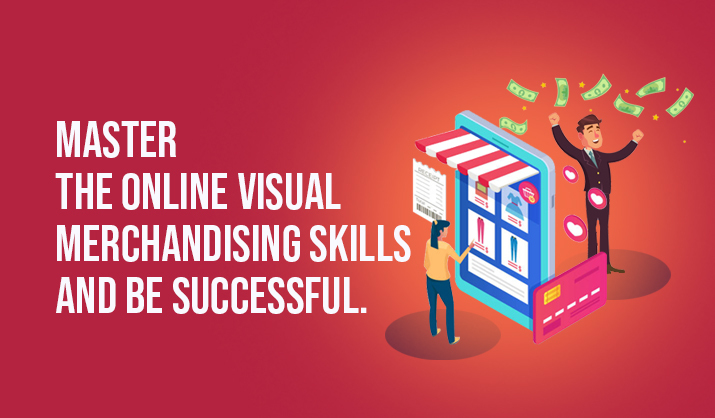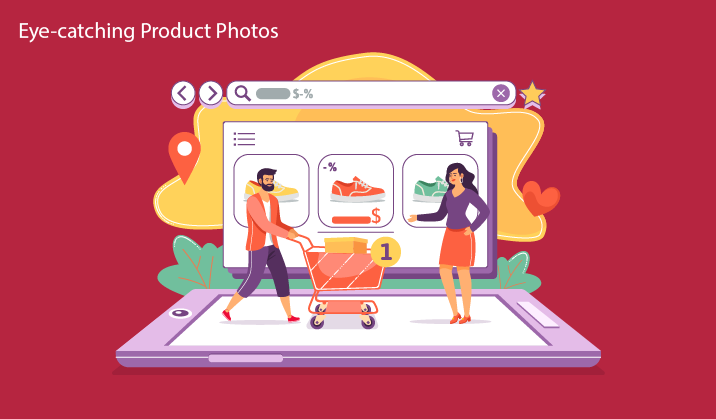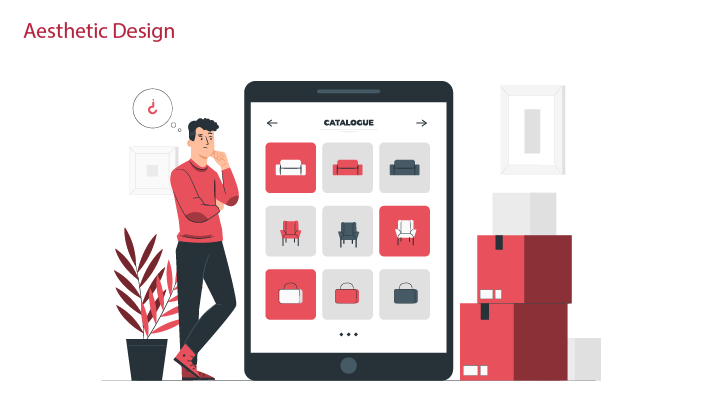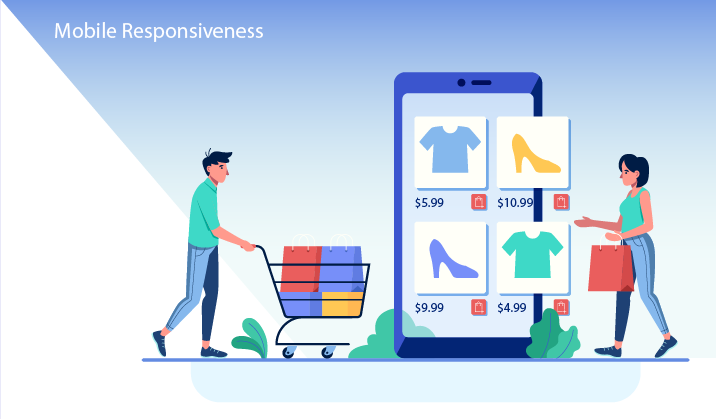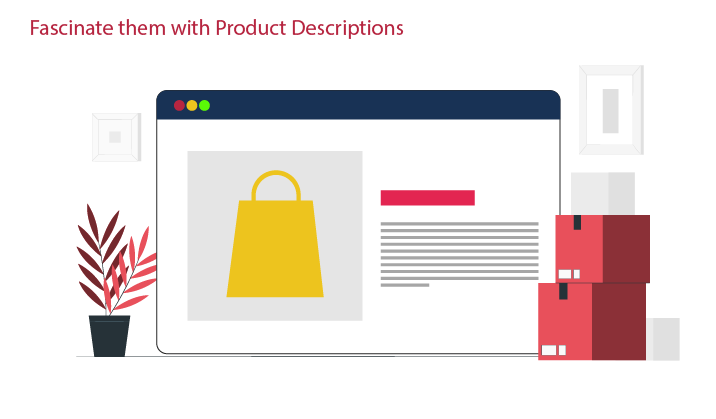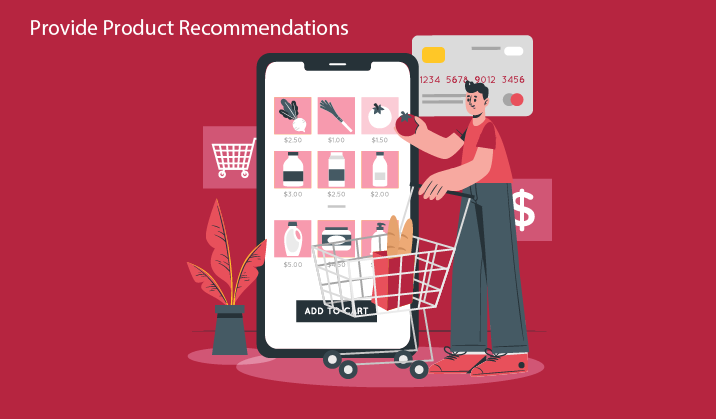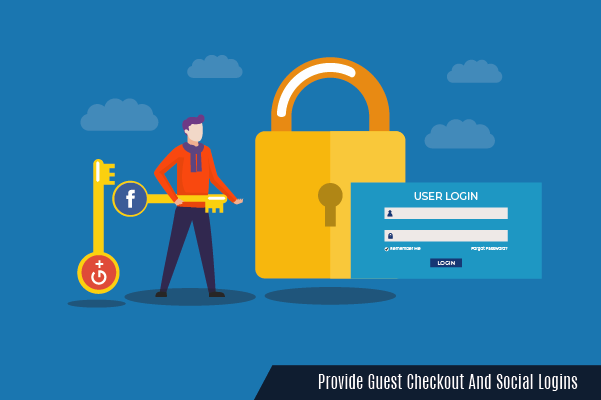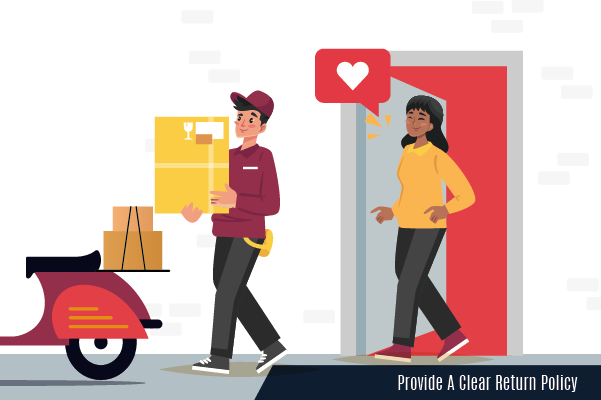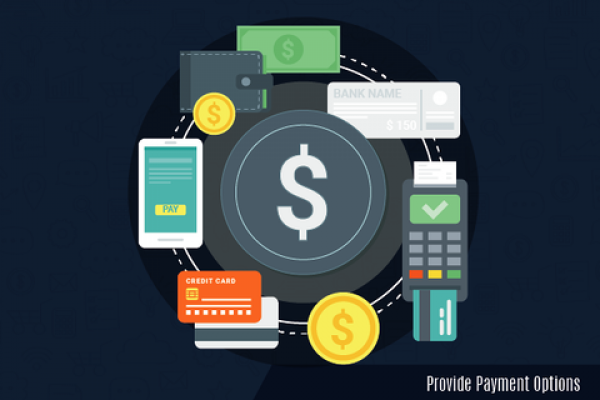As there is significant growth in the usage of the internet, the eCommerce industry has grown a lot. As the day passes, the number of people buying the products through eCommerce platforms is tremendously increasing.
But, nowadays the eCommerce industry is facing different security threats. As many vulnerable activities are reported in the eCommerce platforms, the store owners have to plan some effective strategies to keep the platform safe.
Today, most of the transactions in the eCommerce industries are carried out through digital payment methods like debit cards, credit cards, net banking, and much more. So, it is the responsibility of the store owner to ensure the security of their transactions. If proper security is not provided to these transactions, then different malpractices may happen.
Here in this article, we are discussing the 11 major eCommerce security threats and their solutions in 2020.
The Most Common Security Threats
1.Spams

In most times the emails will be an effective method to boost the sales and keep the users more active. But at the same time, it has become the most used way to create spams. It is seen that spammers send some spammy links via email or social media to harm the site.
There are also many online spammers who use the contact forms and the comment section of the blogs to add spammy links. Sometimes, these spammy links may be very harmful to the website that creates many issues in the future.
Besides the website security, it may also deplete the loading speed of the website. So that the users won’t get proper user experience and they will be left from the site.
2. Financial Threats
Where there is a financial activity involved, there may be some financial frauds following them. Today, as most of the transactions are electronic, the mode of financial threats has also updated to electronic.
There are financial frauds who do unauthorized transactions form the eCommerce store and grab a significant amount of money. Also, fake refunds and returns are the most common type of fraud activity reported by the store owners.
Some of these frauds orders an item from the store, use it, and then applies for the refund to get back his money. As the financial frauds are getting smarter, they try to steal the information of your customer’s credit card & rob an amount using these details.
3. Phishing

Nowadays, phishing is a common security threat for both online buyers and actual store owners.
Here, the hackers will send an email or a text message to the customers of your online store by maintaining the look of your store or something else that makes the customer believe the message is from your website.
In most cases, these types of fake emails will be having a call to action button or some other methods to take that action provided by the hacker. When the customers provide their username and password using these actions, then the hacker can easily grab their personal data.
4. Force Attacks
The force attacks from the hackers aim the admin panel of the online store. They try to steal the username and password of the admin panel and hack the online store.
They create special programs to set up a connection with the online store and tries all the combinations to break your password. Therefore, creating a secure password with special characters, alphabets, and, numbers is the best way to keep it safe.
5. SQL Injections

The SQL injection is a type of attack that targets the database of your website using the submission forms.
When the database is hacked, they will insert malicious codes into the database and grab the required data from there. By inserting malware, hackers can change the appearance and content of the website.
6. Bots
Nowadays, you can see both good and bad bots on the internet. Different search engines make use of the good bots for crawling and indexing the results. At the same time, different malicious activities are carried out using bad bots.
As bad bots will steal the content, pricing details, and other information, there are many eCommerce stores affected by them.
7. XSS
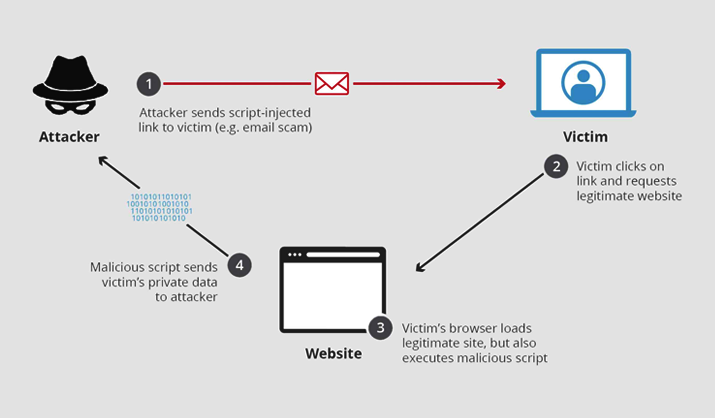
Hackers will infect your eCommerce with malign code and targets your customers. Content security policy is the best method to protect yourself from it.
8. DDoS
The Distributed Denial of Service (DDoS) targets your website and affect the sales of your store. It can make an online store to a not available situation by bringing traffic from different sources.
There are many online store owners who had become the victim of a DDoS attack. This attack will affect the store hardly and even reduce the trust of the customers in that particular business.
9. Trojan Horses

Sometimes both the customers and admins might have downloaded trojan horses in their PC. It can be said as the worst security threat of the network. Here, the attackers will make use of these programs to get valuable information from the system.
10. MITM

The Man In The Middle attack happens when a person with malicious thought comes to a deal between two people. This middle man acquires the details that the two people were sending each other.
In case the MITM attack begins, then the middle man will send you an email that looks legitimate. Nowadays, different types of MITM attacks are seen like DNS spoofing, IP spoofing, email hijacking, and much more.
11. Cart Blocking
If you are a person who shops fro the online stores, then you may have noticed the importance of cart. Here, the hackers may add a number of products to their cart from different IP addresses.
So that it pushes the cart limit and that products will be shown out of stock for the store customers. Sometimes, it may be done by some bots whose aim will be to stop people buying products from that particular store. In some cases, the cart blocking is done by the competitors of a specific company to boost their sales.
Security Solutions For Ecommerce
Anti Virus & Anti Fraud Software

There are some financial frauds who use stolen credit and place the order. Using an anti-virus or anti-fraud software, most of these fraud transactions can be controlled. As it reduces the malicious transactions, you can run your eCommerce store efficiently.
HTTPS
Securing your online store with HTTP protocol is one of the best methods to protect from vulnerable activities. Along with protecting the sensitive information of the users, it also secures their user data.
Today, upgrading to HTTPS is considered as a method of higher ranking in the result page. Therefore, you can upgrade the ranking and keep the store secure using the HTTPS method.
Before that, you must get the SSL certification from your hosting provider. So, make sure that you are having an up to date SSL certification and HTTPS for your store.
Keep The Servers More Secure
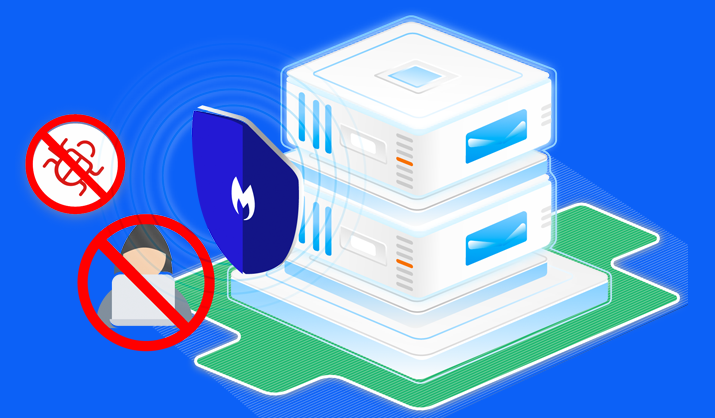
While beginning, the eCommerce platform comes with a default password that can be easily broken. So, changing this default password with a strong one is the primary step that you should consider.
Always use a complex password with a mix of numbers, alphabets, and special characters. Also, change them frequently. Besides that, you are having the option to notify you when an unknown IP gets logged in. Enable this option, so that you get notified when there is an unknown login.
Security of Payment Gateway
Storing the credit card details or any other payment-related information of the user in your database is a risky factor. Many times, it will be an open invitation for hackers. So, you should ensure the security of your payment gateway.
Even a small loophole can make a huge loss. Therefore, using a third party payment method is a good option. Nowadays, there are a lot of third party payment methods like Paypal, Wordplay, and much more. Choose any of them as per your preference and have a secure payment.
FireWalls
Using firewall software is an efficient method to avoid many cyber threats. It will only allow trusted traffic to your website, which keeps it more secure. Cross-site scripting, SQL injections, and other cyber attacks can be avoided using the firewall software.
SSL
With the help of Secure Socket Layer (SSL), the entire process happening at the website can be secured. It also offers you a certificate of ownership, that makes the hackers not to use the site for phishing attacks.
Educate Your Clients

Most of the security threats can be solved by educating your clients. You can ask them to set a strong username and passwords for their account. So that a third person cannot break it easily.
Also, teach them about the risks involved in the online purchase and deliver the solutions for those risks.
A Few Final Words
These all are the major eCommerce security threats and their solutions. While running an online store, you should be aware of the security threats that you might face in the future.
Sometimes, you haven’t faced any security threat for your online store. But, even though some specific measures and strategies should be planned to prevent malware attacks.
In case there is a security threat for your store, then the confidence of your customers towards your store reduces. This brings a huge loss to your business. So, always perform a regular site audit and keep your store secure.

